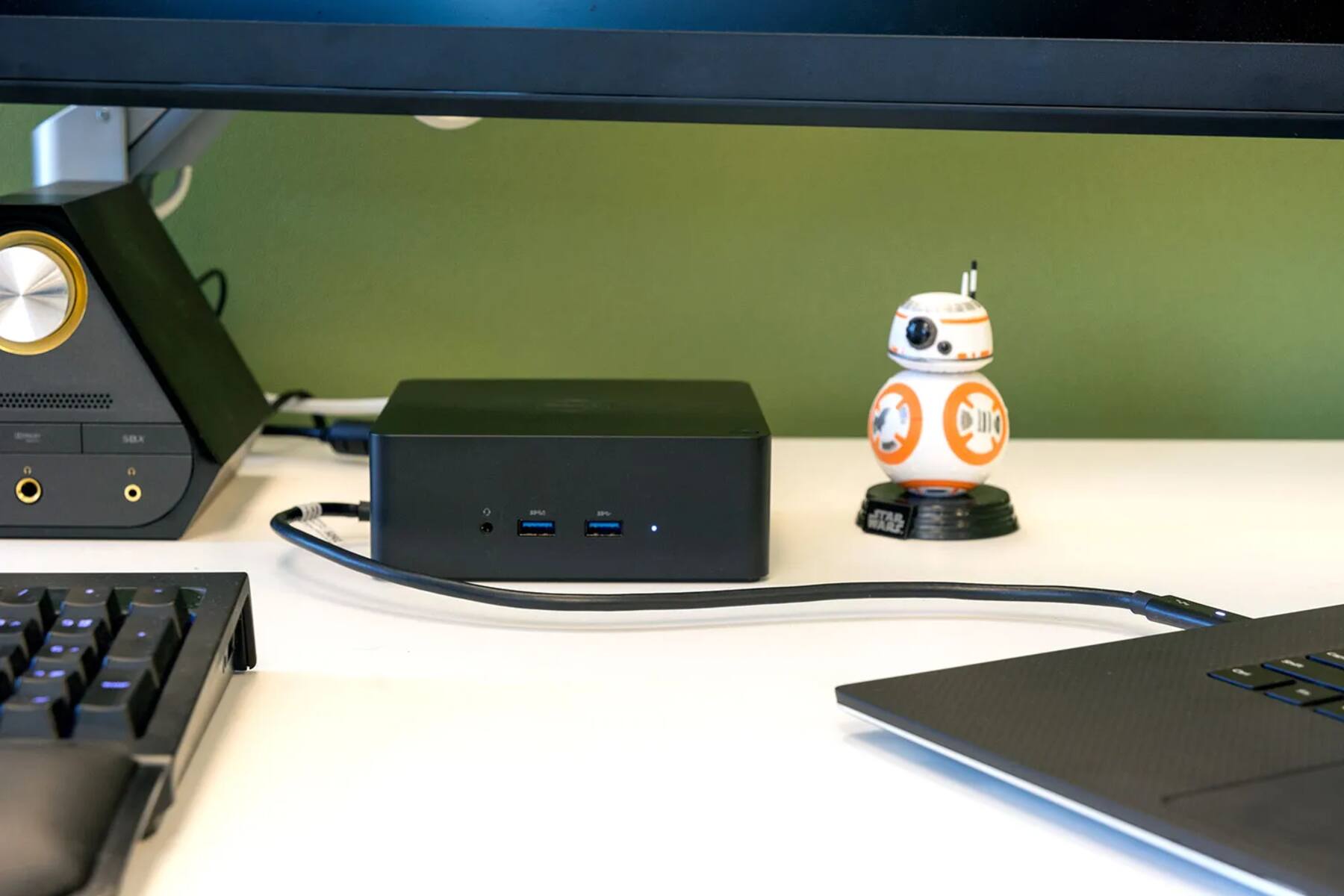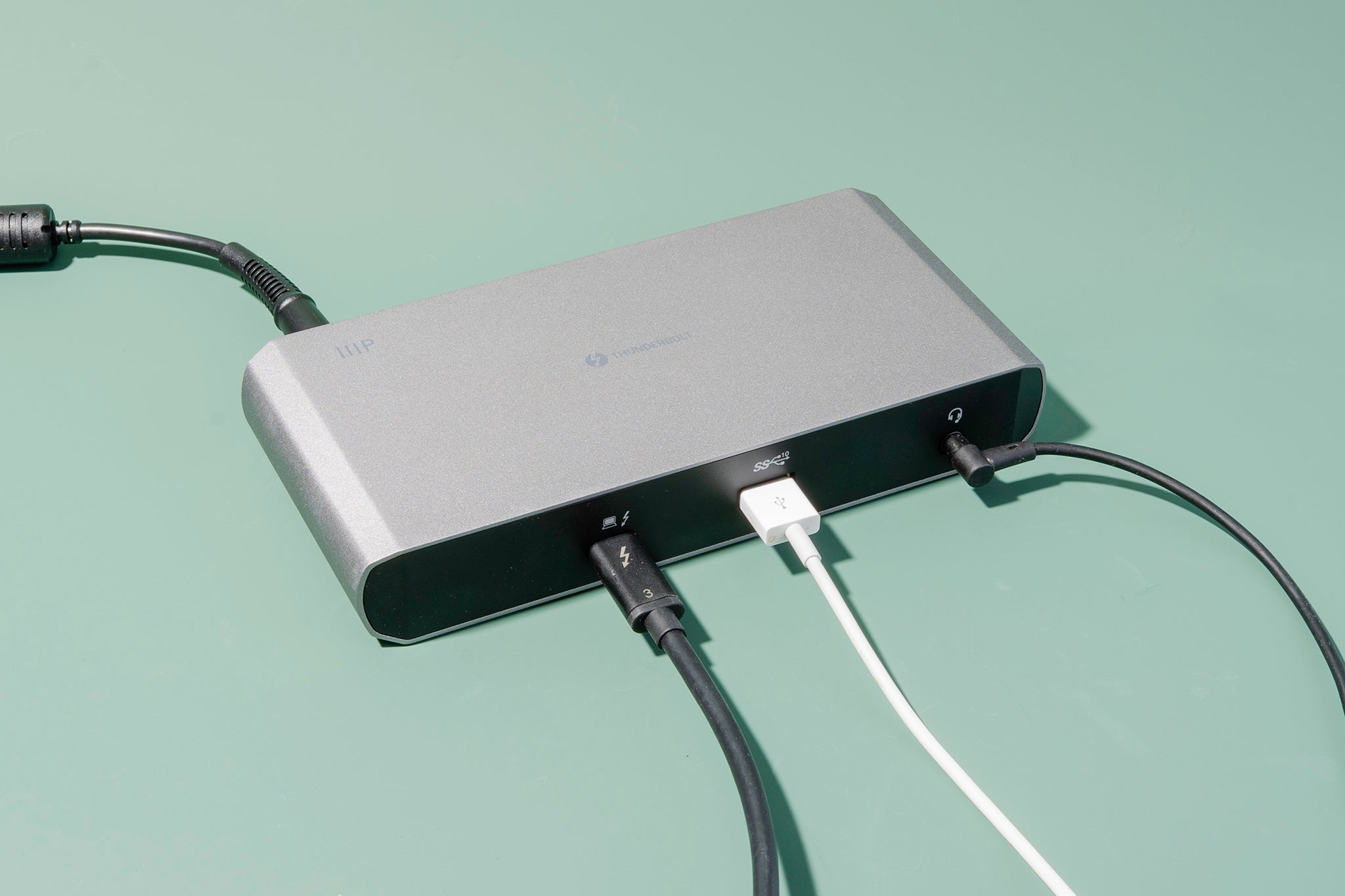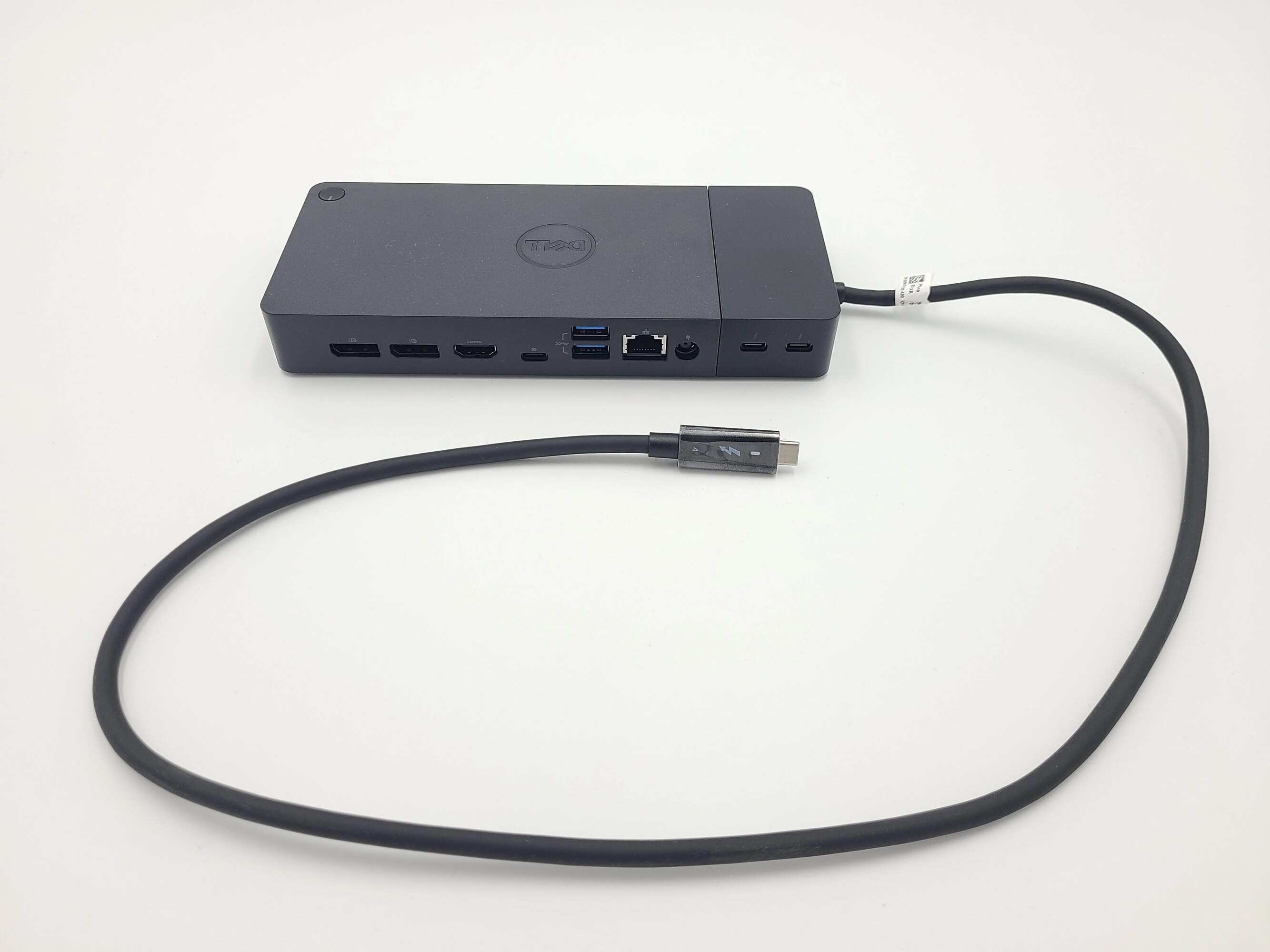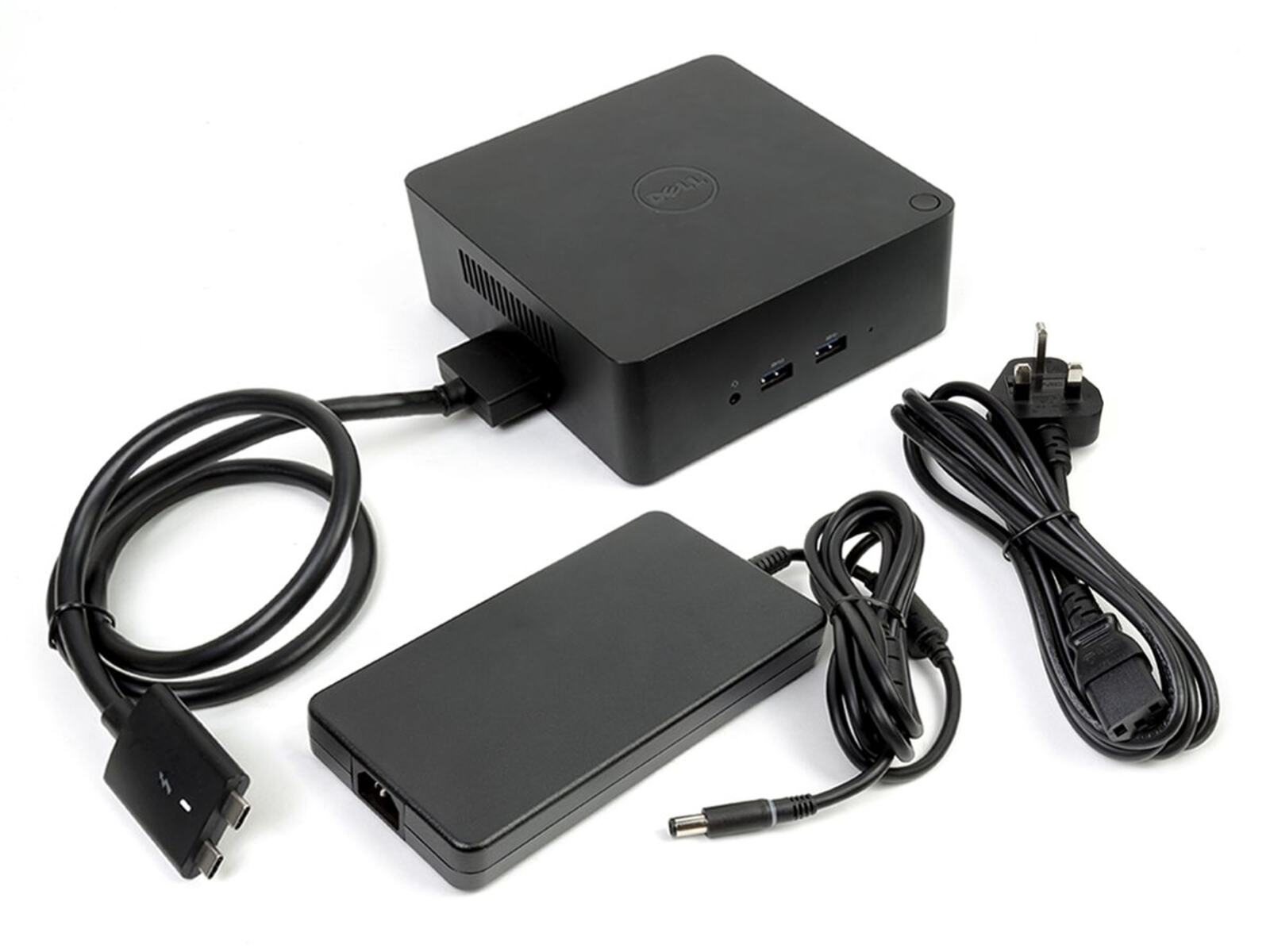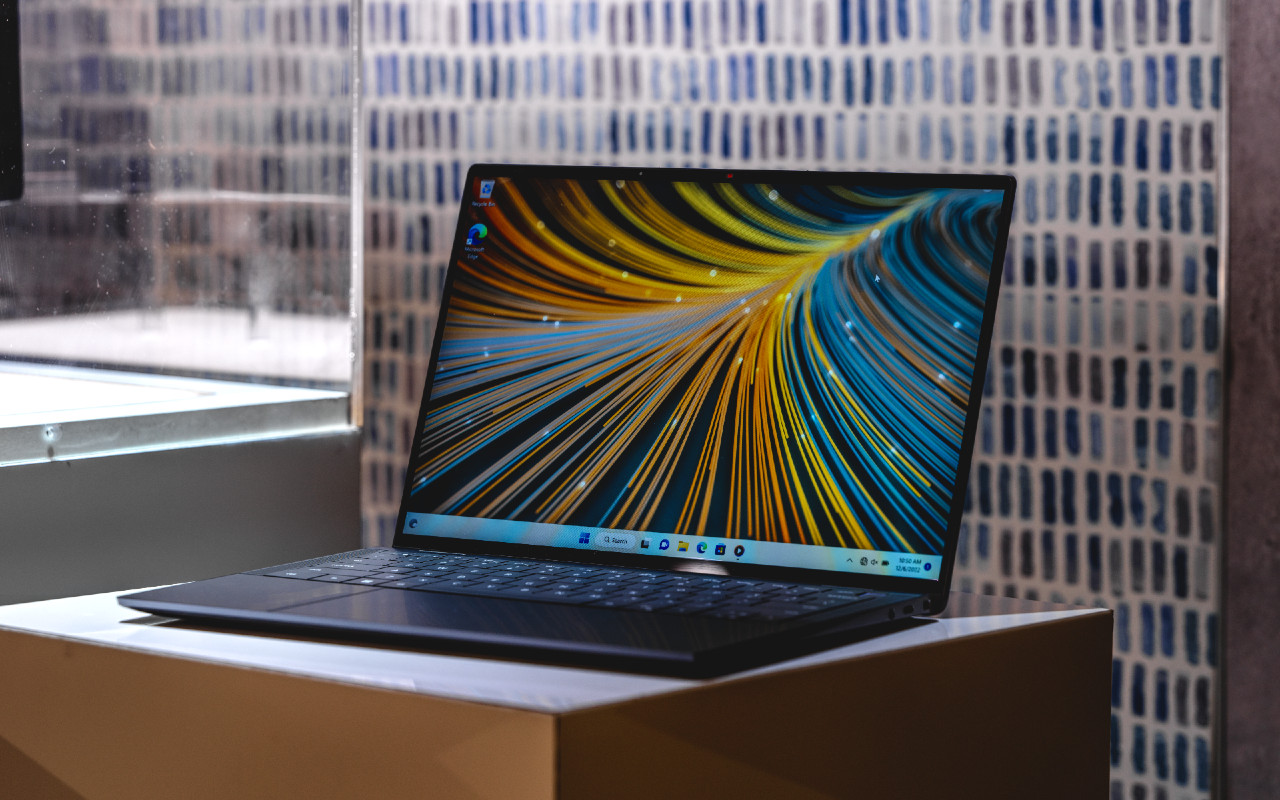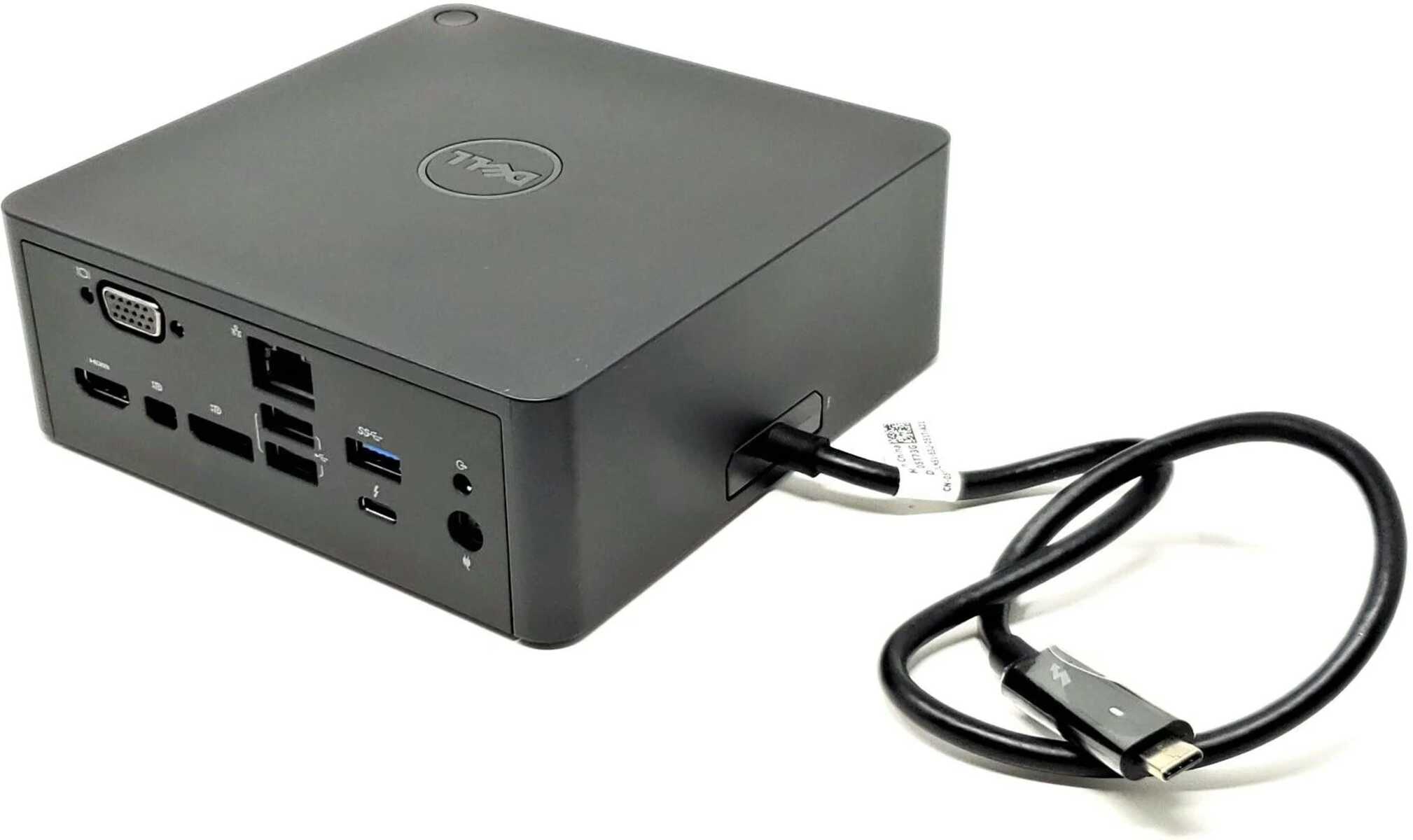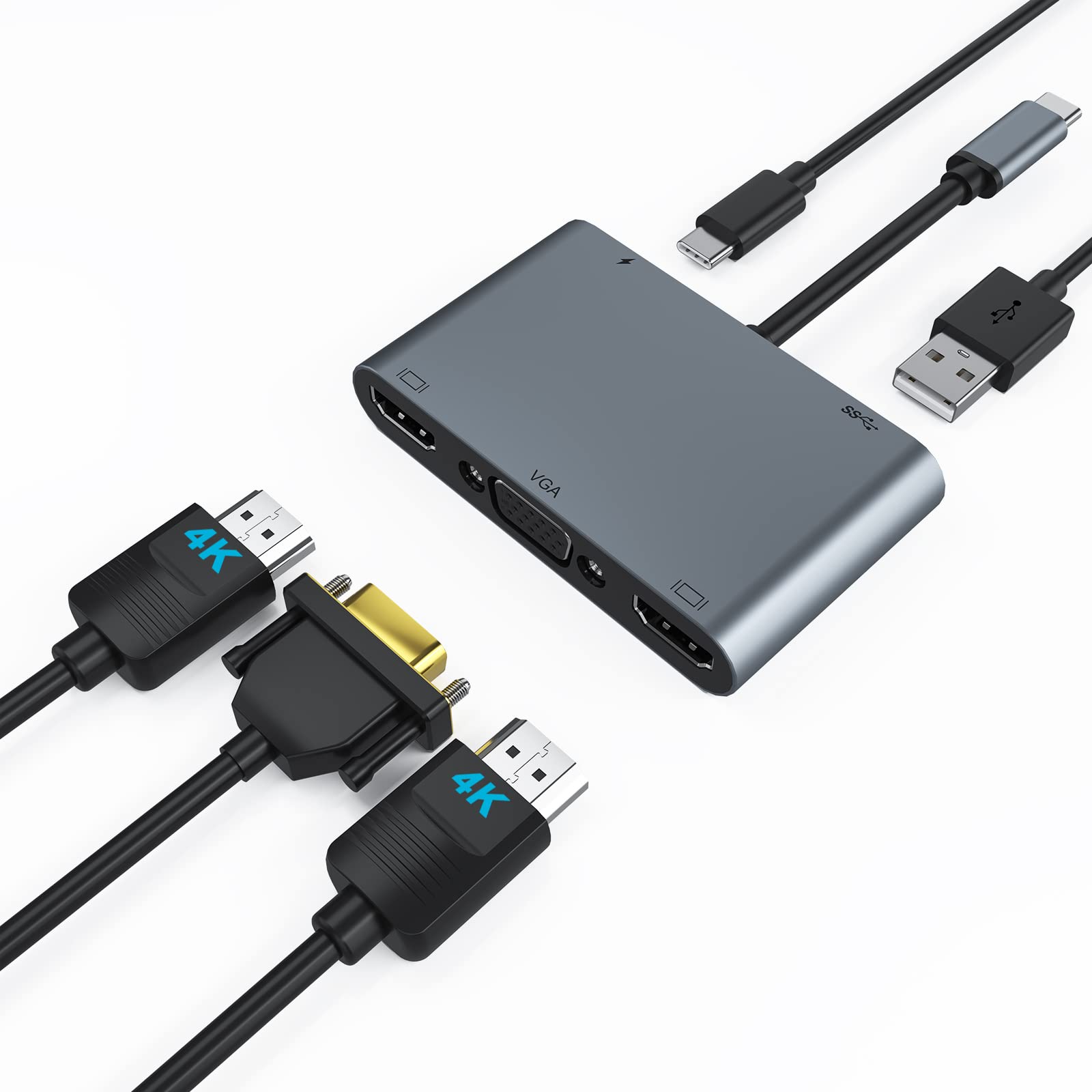Introduction
Welcome to our guide on how to turn off a Dell Thunderbolt Dock Alert. If you own a Dell Thunderbolt Dock and have been receiving alerts on your computer, you may be wondering how to disable them. In this article, we will explain what a Dell Thunderbolt Dock Alert is, why you might want to turn it off, and provide you with a step-by-step guide on how to do so.
A Dell Thunderbolt Dock Alert is a notification that appears on your computer when it detects an issue with the Thunderbolt dock. This alert is designed to inform you about potential problems or errors related to your Dell Thunderbolt Dock. While these alerts can be helpful in diagnosing and resolving issues, they can also become bothersome if they constantly appear on your screen.
There are several reasons why you might want to turn off the Dell Thunderbolt Dock Alert. First, frequent alerts can be distracting and interrupt your workflow. If you’re constantly bombarded with notifications, it can be difficult to focus on your tasks at hand. Additionally, if you’ve already resolved the issue or you’re aware of the problem and it doesn’t require immediate attention, disabling the alerts can help to reduce unnecessary interruptions.
It’s important to note that turning off the Dell Thunderbolt Dock Alert may not be the best solution in all cases. If you’re experiencing genuine hardware or connectivity issues with your dock, disabling the alerts without addressing the underlying problem may result in further complications. However, if you’re confident that the alerts are unnecessary or you’ve resolved the issue, disabling the notifications can help to restore a more peaceful working environment.
In the following sections, we will walk you through the process of turning off the Dell Thunderbolt Dock Alert. Whether you’re using a Windows or macOS computer, we’ve got you covered with step-by-step instructions. So let’s dive in and learn how to silence those pesky alerts!
What is a Dell Thunderbolt Dock Alert?
A Dell Thunderbolt Dock Alert is a notification that appears on your computer when there is a potential issue or error detected with your Dell Thunderbolt Dock. This alert system is designed to inform users about various problems related to the dock’s functionality, connectivity, or compatibility.
The Dell Thunderbolt Dock is a powerful device that expands the connectivity options of your laptop or desktop computer. It provides additional ports and features, allowing you to connect peripherals, such as monitors, keyboards, mice, and external storage devices, through a single connection. The Thunderbolt technology offers high-speed data transfer rates and can support multiple displays for enhanced productivity.
However, like any technology, the Dell Thunderbolt Dock may encounter issues due to various reasons. For example, it could be an incompatible device connected to the dock, a firmware or driver-related problem, or simply a temporary glitch that requires a reset. When such issues arise, the dock’s firmware or operating system detects them and triggers an alert to notify the user.
The Dell Thunderbolt Dock Alert can manifest in different forms, depending on the operating system and firmware version. It may appear as a pop-up notification, a system tray icon, or a message displayed within a management utility. The alert typically provides information about the specific problem, offering a brief description or error code to help users identify and resolve the issue.
These alerts serve an important purpose by keeping users informed about potential problems with their Thunderbolt Dock. They allow users to take appropriate actions, such as updating drivers, checking for firmware updates, or disconnecting incompatible devices, to ensure smooth operation and optimal performance.
While the Dell Thunderbolt Dock Alerts can be useful for troubleshooting and resolving issues, they can also become annoying if they appear frequently or unnecessarily. Some users may find the alerts distracting or disruptive to their workflow, especially if they have already addressed the problem or if the alert is not critical.
Next, we will explore the reasons why you might want to turn off the Dell Thunderbolt Dock Alert and provide you with a step-by-step guide to disable these notifications.
Why would you want to turn off the Dell Thunderbolt Dock Alert?
While the Dell Thunderbolt Dock Alert serves an important purpose in notifying users about potential issues with their Dell Thunderbolt Dock, there are several reasons why you may want to turn off these notifications. Here are some common scenarios where disabling the Dell Thunderbolt Dock Alert might be desirable:
1. Distraction: Frequent alerts can be distracting and interrupt your workflow. If you are constantly bombarded with notifications, it can be challenging to stay focused on your tasks and productivity may suffer as a result. Disabling the alerts can help create a more focused and uninterrupted working environment.
2. Resolved Issues: If you have already resolved the issue that triggered the alert, receiving continuous notifications becomes unnecessary. Once the problem is solved, the alerts can become redundant and may no longer provide any actionable information.
3. Known Issues: In some cases, you may be aware of a specific issue with your Dell Thunderbolt Dock that doesn’t require immediate attention. While it is important to address and resolve any underlying problems, disabling the alerts for known issues can help reduce unnecessary interruptions in your day-to-day work.
4. Compatibility Warnings: The Dell Thunderbolt Dock Alert may also be triggered when you connect an incompatible device or peripheral to the dock. While it is crucial to address compatibility issues, if you frequently use devices that are known to trigger a compatibility warning, disabling the alerts can prevent them from appearing repeatedly.
5. Personal Preference: Lastly, the decision to turn off Dell Thunderbolt Dock Alerts may simply come down to personal preference. Some users may find the notifications intrusive or disruptive to their workflow, and prefer to work without them. If you feel that the alerts are more of an annoyance than a helpful feature, disabling them can offer a quieter and smoother working experience.
It’s important to note that turning off the Dell Thunderbolt Dock Alert should be done with caution. If you disable the alerts, ensure that you stay vigilant about monitoring the performance and connectivity of your dock. If you encounter persistent issues or if the alert indicates a severe problem, it is recommended to address the underlying cause rather than simply disabling the notifications.
Now that you understand the reasons why you might want to turn off the Dell Thunderbolt Dock Alert, it’s time to learn how to do it. In the next section, we will provide you with a step-by-step guide on how to disable these alerts on both Windows and macOS systems.
Step-by-step guide to turning off the Dell Thunderbolt Dock Alert
If you’re ready to silence those pesky Dell Thunderbolt Dock Alerts, follow these step-by-step instructions based on your operating system:
For Windows users:
- Click on the “Start” menu in the bottom left corner of your screen and select “Settings.”
- In the Windows Settings window, click on “System.”
- Select “Notifications & actions” from the left-hand menu.
- Scroll down and find “Thunderbolt Control Center.”
- Toggle the switch to the “Off” position to disable Thunderbolt Dock Alerts.
For macOS users:
- Click on the Apple menu in the top left corner of your screen and select “System Preferences.”
- In the System Preferences window, click on “Notifications.”
- Scroll down and locate “Thunderbolt Control Center.”
- Click on the Thunderbolt Control Center notification settings.
- Deselect the “Enable notifications” checkbox to disable Thunderbolt Dock Alerts.
By following these steps, you can easily turn off the Dell Thunderbolt Dock Alerts on your Windows or macOS device. Keep in mind that the exact names of the settings may vary slightly depending on the version of your operating system.
Remember, disabling the alerts means you won’t receive notifications about potential issues with your Thunderbolt Dock. It’s important to periodically check the status of your dock and address any hardware or connectivity issues promptly to ensure optimal performance.
Now that you know how to disable the Dell Thunderbolt Dock Alerts, you can enjoy a more focused and uninterrupted work experience without unnecessary notifications.
Final Thoughts
Turning off the Dell Thunderbolt Dock Alert can be a personal preference or a practical choice based on your specific needs. While these alerts serve the important purpose of notifying users about potential issues with their Thunderbolt Dock, they can be disruptive or unnecessary in certain situations. By following the step-by-step guide provided in this article, you can easily disable these notifications and create a more focused and uninterrupted working environment.
However, it’s crucial to exercise caution when turning off the Dell Thunderbolt Dock Alert. Disabling the alerts doesn’t eliminate the underlying issues that may be affecting your dock’s performance. If you encounter persistent problems or the alert indicates a critical issue, it’s recommended to address the root cause rather than simply disabling the notifications.
Remember to periodically check the status of your Thunderbolt Dock and stay proactive in maintaining its functionality. Regularly updating drivers and firmware, ensuring compatibility with connected devices, and troubleshooting any hardware or connectivity issues are essential for optimal performance.
Lastly, if you decide to disable the Dell Thunderbolt Dock Alert, be mindful of any potential consequences. Stay vigilant about monitoring your dock’s performance and connectivity to address any emerging issues promptly. If you are unsure about your ability to troubleshoot or if you encounter persistent problems, it’s always a good idea to reach out to Dell’s customer support or consult with a professional for assistance.
We hope this guide has provided you with valuable information on how to turn off the Dell Thunderbolt Dock Alert. By understanding the purpose of the alerts, the reasons for disabling them, and following the step-by-step instructions, you can customize your Thunderbolt Dock experience to suit your preferences and work with fewer interruptions.
Now that you have the knowledge to manage Dell Thunderbolt Dock Alerts, it’s time to take control of your workflow and enjoy a more seamless and focused computing experience!







